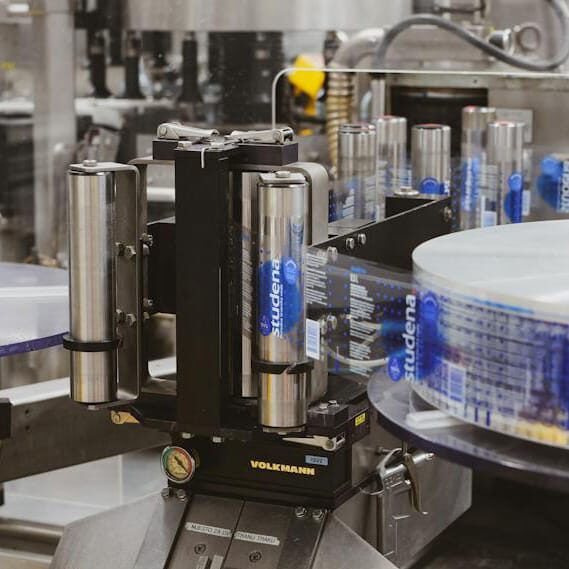Electromagnetic compatibility aspect of functional safety - ISO 13849-1: 2023
The latest functional safety standard ISO 13849-1:2023 Safety of machinery - Safety-related parts of control systems - Part 1: General design principles, covers electromagnetic compatibility (EMI) aspects in functional safety. In the previous version of ISO 13849-1:2015, such an aspect was mentioned in passing, without a defined methodology, relying more on good engineering practice. But the new version of the standard has changed all that and offers several methods to ensure compliance with electromagnetic compatibility requirements
Risk assessment according to ISO 12100:2010

The risk assessment is determined in accordance with the European Machinery Directive. The directive stipulates that the manufacturer of machines used in Europe must carry out a risk assessment before placing the machine on the market (ie its actual sale).
The term "Risk Assessment" is often used for a document that documents the outcome of a Risk Assessment in writing. But "Risk assessment", more specifically, is the process of determining what risks exist for the machine, how serious they are and what measures are taken to reduce the risk. It only applies to safety and accident risks for people who work on or near the machine or are in the machine's sphere of influence.
The main task of the risk assessment is to make the machine safe enough so that human life is not endangered during the life of the machine: from transportation to dismantling.
Compliance with EU machinery directives

Machines play a vital role both in the engineering industry and in our daily lives. A machine is primarily defined as a set of parts that perform their intended function with a drive system where no human effort is directly applied.
The Machinery Directive (hereafter referred to as the MD) itself covers machinery and a range of equipment related to machinery, such as components intended to provide safety functions, lifting aids, interchangeable equipment for machinery, tractors, etc.
In order to claim that your product complies with the requirements, the product must have a valid "CE" marking attached and a declaration of conformity supported by a technical file must be presented.
EU legislation:
MD 2006/42/EC published on 17 May 2006. From 29 December 2009, MD 2006/42/EC became fully applicable in the EU as the main legal framework for machinery.
What is CE marking?

CE marking is mandatory for products manufactured both in Latvia and abroad in order to be allowed to sell them in the European Union.
The label indicates that the manufacturer has assessed the product and found it to be compliant with EU requirements in the field of safety, health and environmental protection.
In order to obtain the "CE" mark, you basically need to understand what EU requirements are applied to your product and prepare technical compliance documentation in accordance with them, which is a time-consuming and rather complicated process.
If you want to get more detailed information on how we can help you, select the diagram block in which you need help or contact us in the "contacts" section.
How to prepare mechanical engineering and electronic equipment for export?
When manufacturers of machinery and electronics equipment and products in Latvia are able to export with their technology, they must be able to ensure technical compliance with the regulated market requirements.
How to do it? What is CE marking and will it be enough? How to prepare it? Who can request it? When to start thinking about certification?
The purpose of this article is to briefly answer these questions by introducing the most important processes for adapting equipment to the export market.
The CE mark is not just a sticker, in EU member states and the EEA it serves as a safety guarantor that indicates compliance with safety requirements and ensures free circulation of products in the EU.


